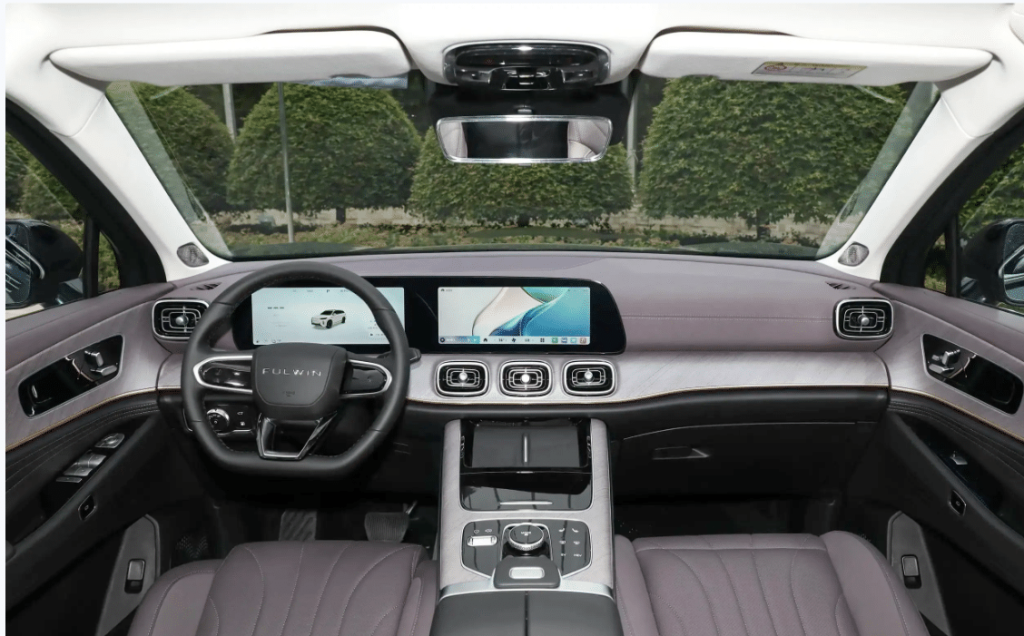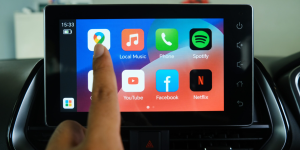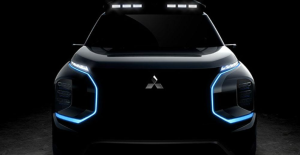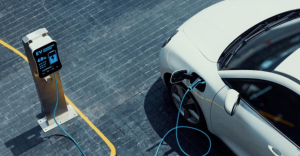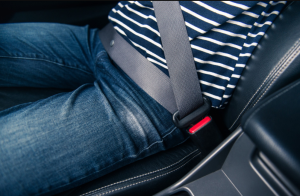Rivian has recently commented on how voice control can be a better solution than physical buttons in cars.
Others are reading now
Rivian recently weighed in on the debate, arguing that voice control might be the way forward, leaving old-school buttons in the dust.
At the TechCrunch Disrupt 2024 conference, Rivian’s chief software officer, Wassym Bensaid, labeled buttons and physical controls in cars a “bug” rather than a “feature.”
As reported by Boosted, Bensaid believes that voice control should take center stage for car interactions, though he admits current systems often fall short.
Many drivers, however, may find it a challenge to switch from buttons to speaking commands.
Also read
Physical buttons, after all, have their own charm: once you memorize their positions, they let you tweak the air conditioning or turn on the wipers without taking your eyes off the road. This fast, intuitive control can be a real asset for traffic safety.
In contrast, voice commands often require more thought and clarity, sometimes breaking the driving flow as you pause to phrase a command just right.
Meanwhile, the industry trend leans heavily toward touchscreen interfaces.
Screens are cheap to install, compact, and pack in plenty of features, making them appealing to automakers and consumers alike. Plus, they mimic smartphone interfaces, adding a layer of familiarity.
But the rise of screens has led to more complex dashboards, making voice control a renewed area of interest as a cleaner, more futuristic solution.
Voice controls in cars have been around for decades, evolving from basic commands for functions like adjusting the temperature to more advanced systems with natural language processing. Yet, even modern systems can feel finicky, demanding just the right phrasing and, at times, feeling slow or frustrating to use.
Privacy concerns also loom large as cars become more capable of storing user commands. This is something drivers might need to weigh as car tech advances.
While Rivian and other companies are pushing to refine voice controls, many drivers still favor physical buttons for their simplicity and reliability.
For them, buttons remain a steady choice that doesn’t require quite the same mental energy as voice commands—especially when all you want is a quick adjustment without saying a word.

